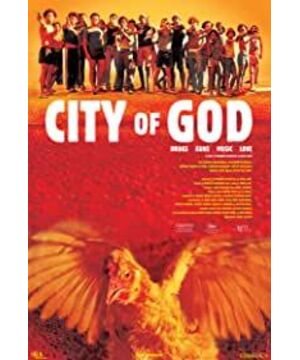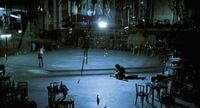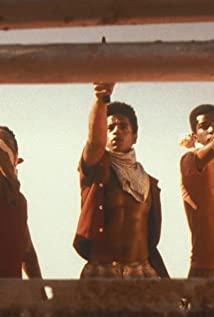City of God evaluation action
-
Luciano 2022-03-25 09:01:05
666 dedicated to this one! I haven't commented on it, but I really don't need it for this movie. Just like Jiang Wen said: If you say a good thing is not good, others will not say anything after hearing it, because others will treat you as a fart. .
-
Herminio 2021-10-20 18:59:21
A shocking movie. Yes, the impact of this film is hard to describe in words. First of all, the director’s level is very high. The shooting techniques and editing methods are all the same as the current state-of-the-art. The soundtrack also forms a huge contrast with the theme. The more the story is The cruel music becomes more unrestrained, the slums of Rio de Janeiro, the closest place in the world to hell, the movie truly restores everything that happened there, starting from the child, lawless.
-
Zé Pequeno: [after snorting a line and seeing Knockout Ned's photograph in one of the center pages of a newspaper] Motherfucker!I'm the boss around here but he gets his picture in the paper! Have you found my photo in there?
-
[first lines]
Zé Pequeno: Whoa, the chicken ran away. Get that chicken, dude!








